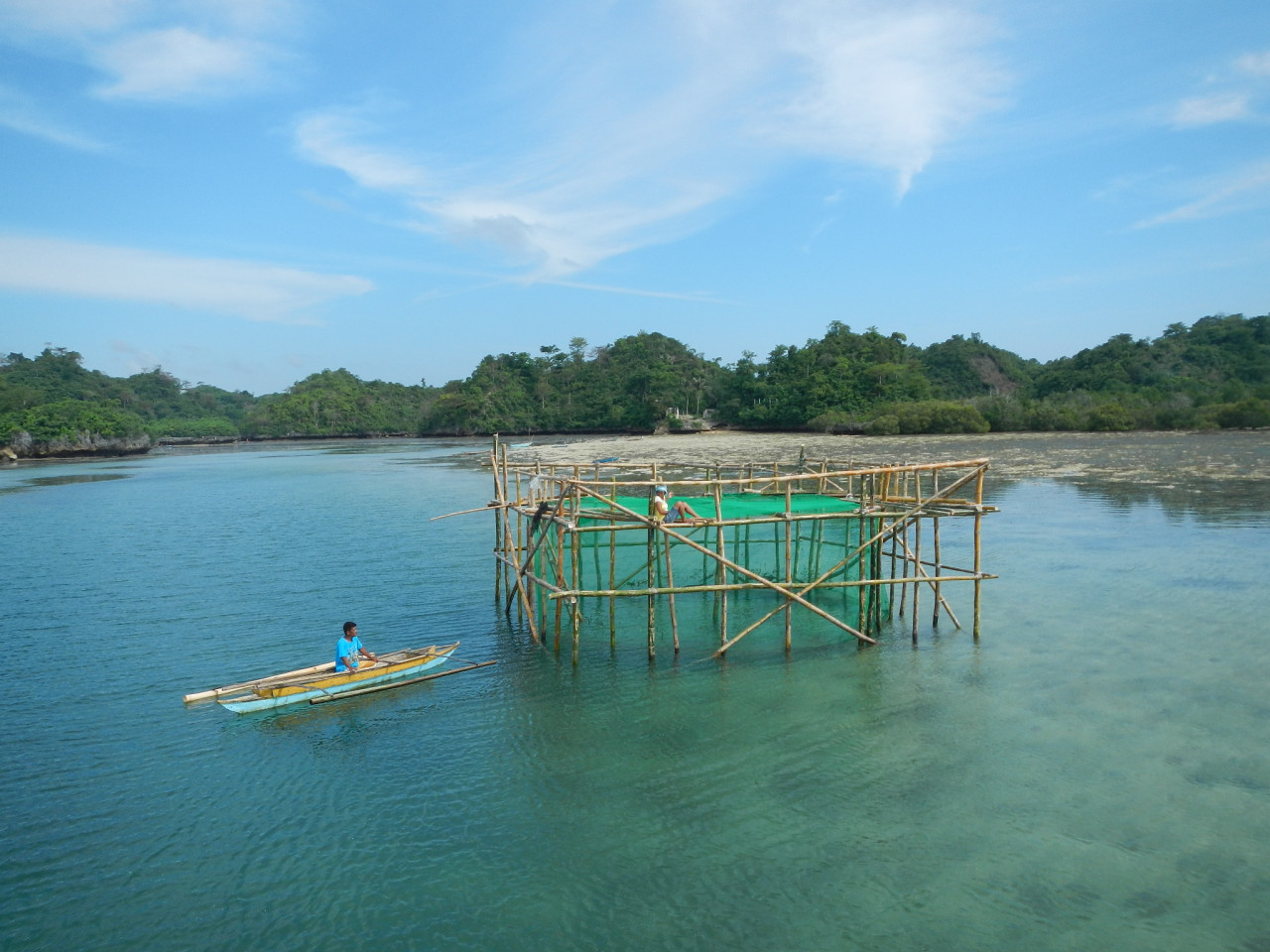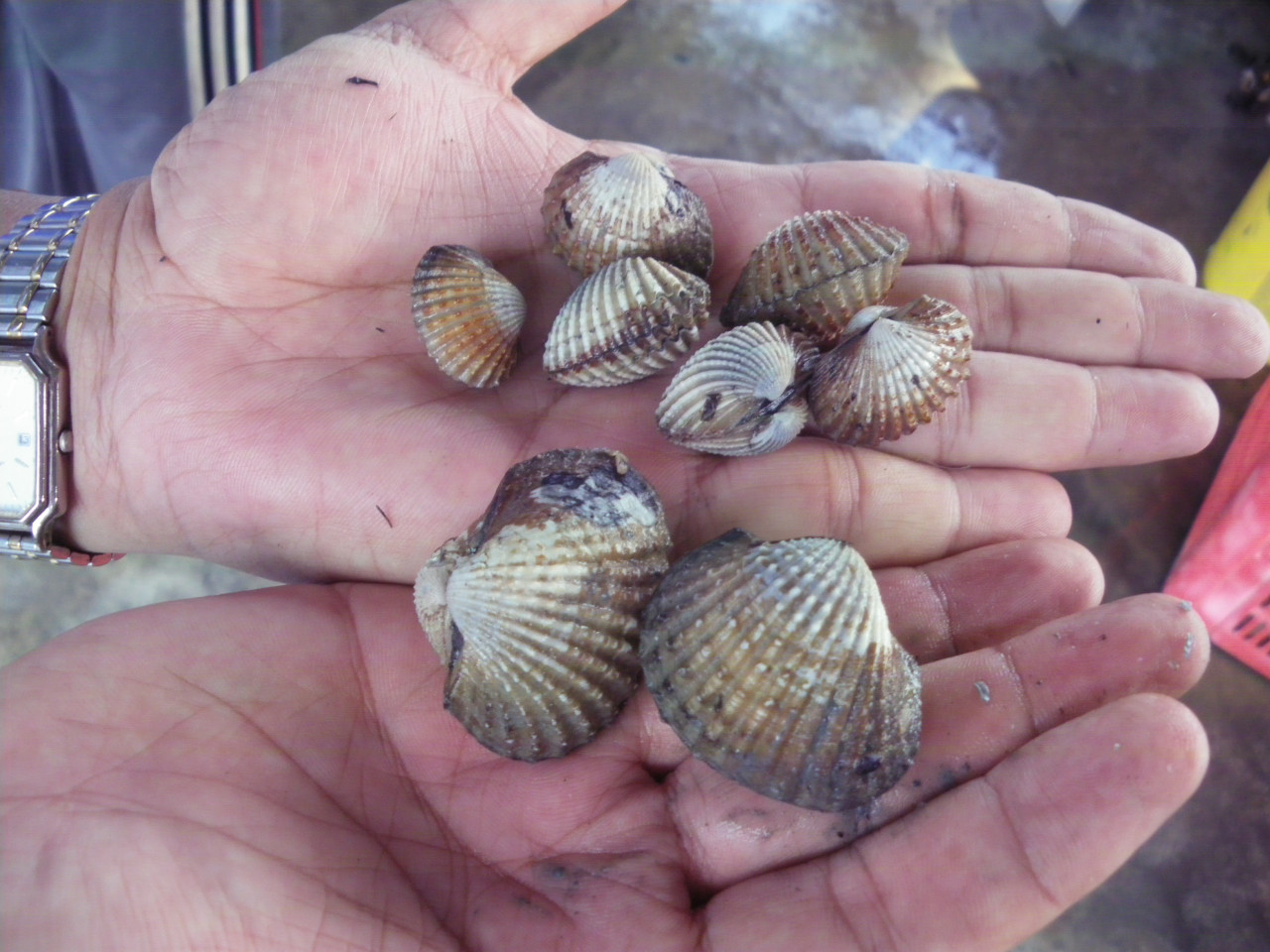“Aquatic production in tropical areas” Development of technologies for sustainable aquatic production in harmony with tropical ecosystems
2025-08-05
Southeast Asian countries have achieved rapid economic development in recent years. Fisheries, especially aquaculture, have also developed markedly in these countries; for example, 40 to 50% of the world’s cultured shrimp production is occupied by products coming from Southeast Asian countries. On the other hand, the construction of aquaculture farms has caused environmental destruction, made worse by diseases often spreading to many other shrimp farms. Around urbanized areas, industrial and domestic wastewater flows into the sea, polluting the coastal waters. To solve these problems, the development of environment-friendly and sustainable aquaculture technologies is needed.
In this project, efficient aquaculture techniques like combining multiple organisms, e.g., fish with sea cucumber and seaweed (Fig. 1), and environmentally friendly non-feeding aquaculture techniques for bivalves (Fig. 2), are being developed for sustainable aquatic resources production in harmony with tropical ecosystems. Low fishmeal feed using alternative resources is also being developed to reduce aquaculture feed costs. Also, a new aquaculture system for indigenous freshwater shrimp is being developed in inland areas to improve the food supply. The results of these research activities will make aquaculture technologies more sustainable and enhance the livelihood of fishermen in developing regions. Furthermore, the issue of securing a stable supply of high-quality aquaculture products for Japan will be addressed.


